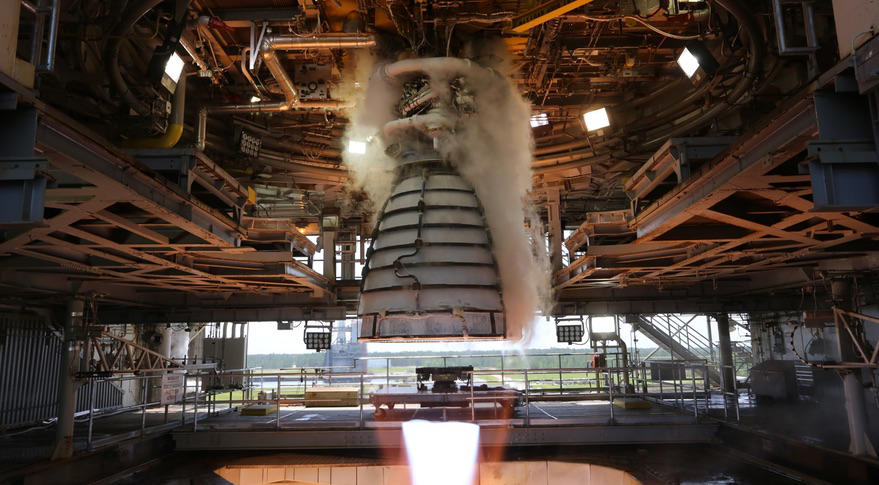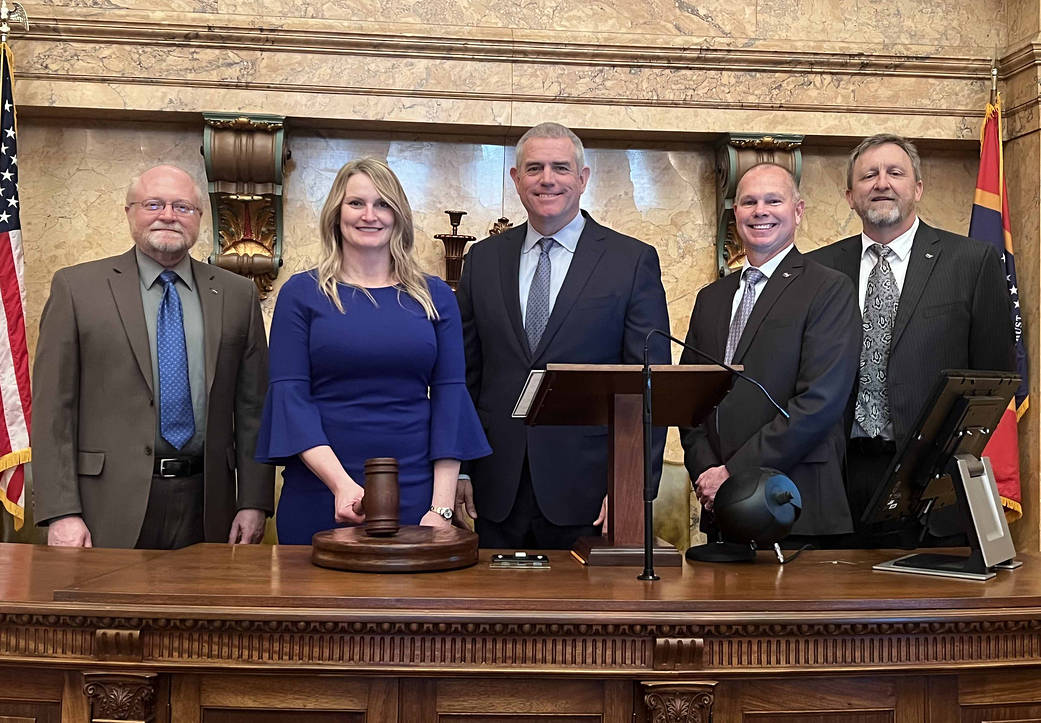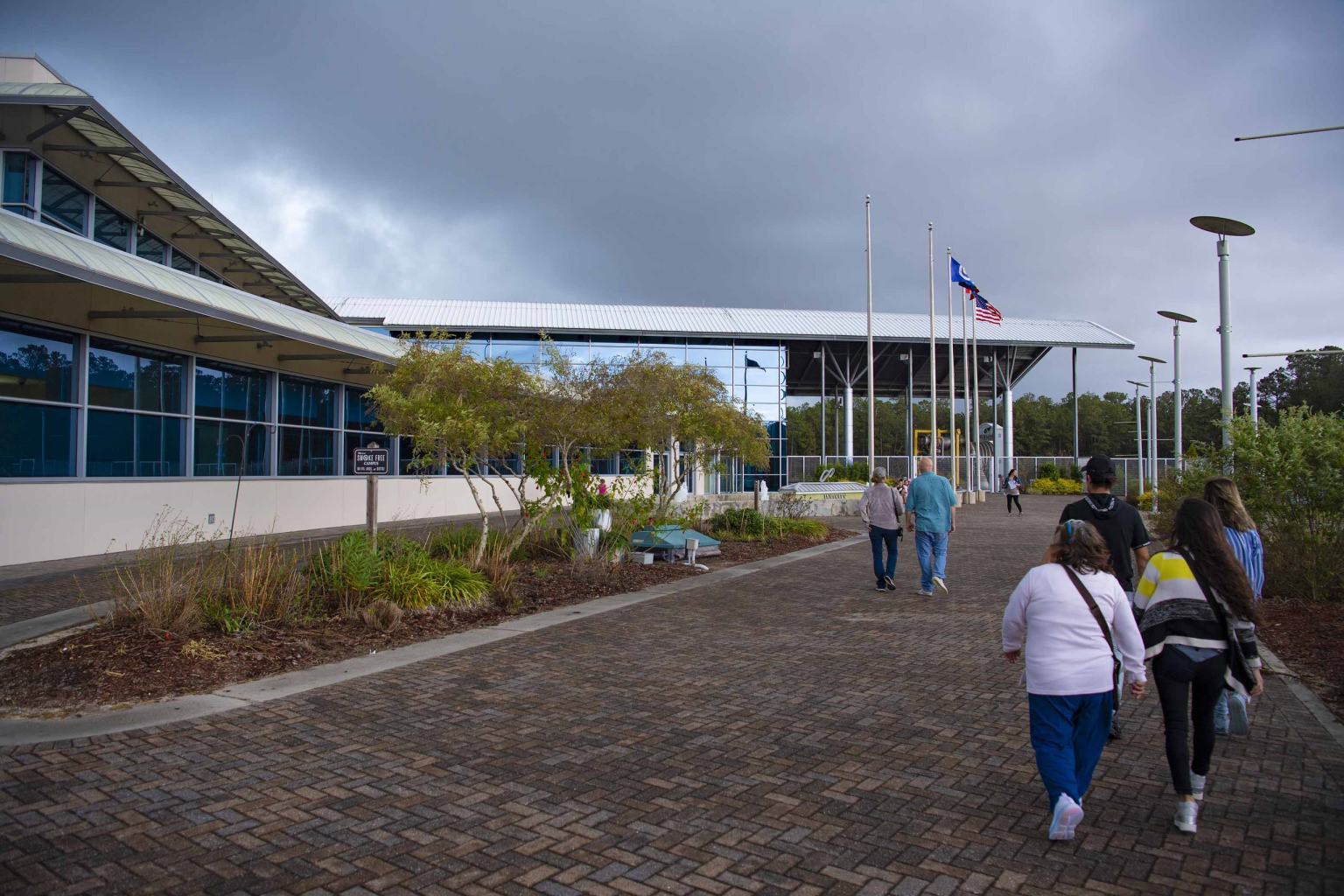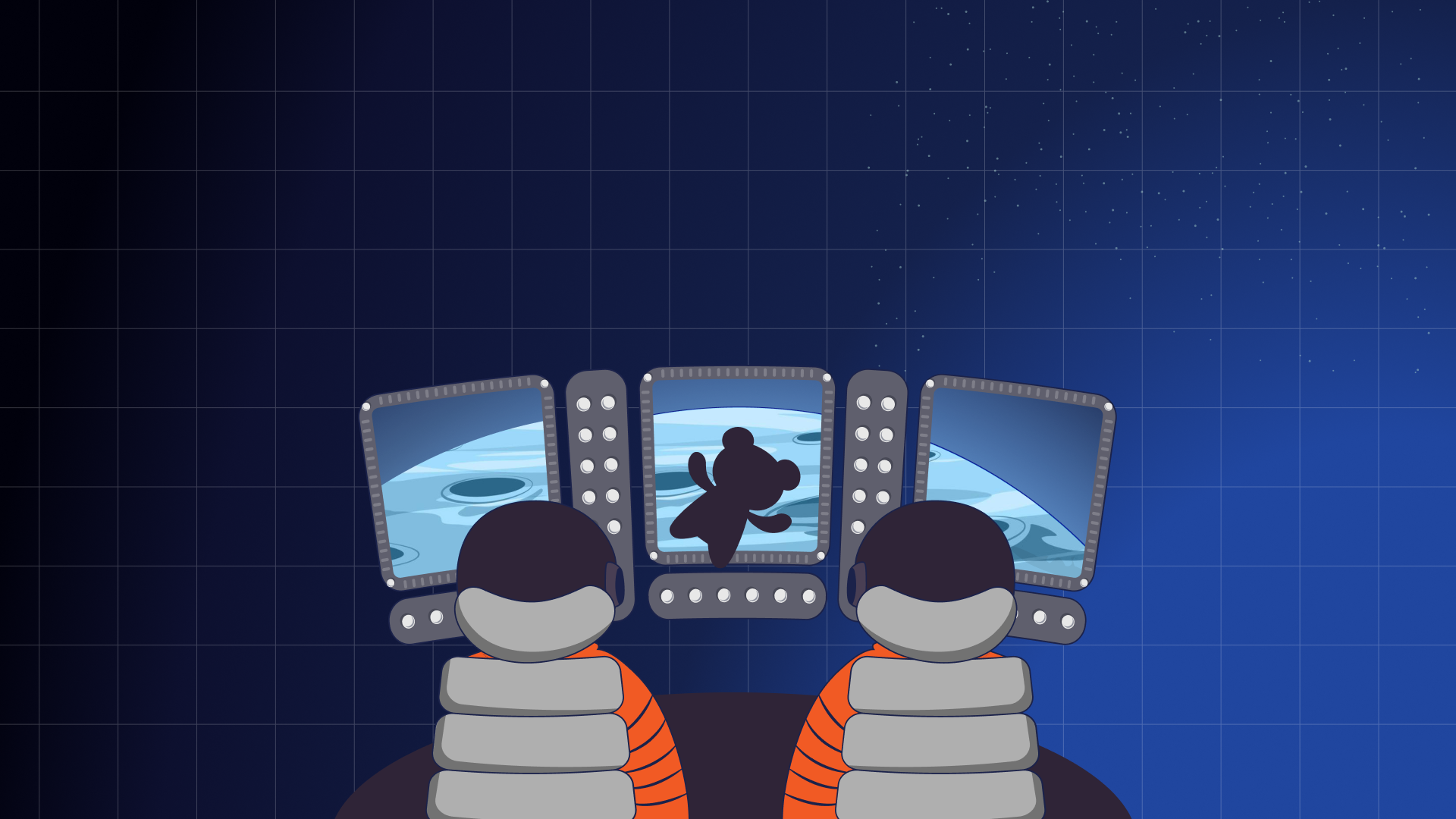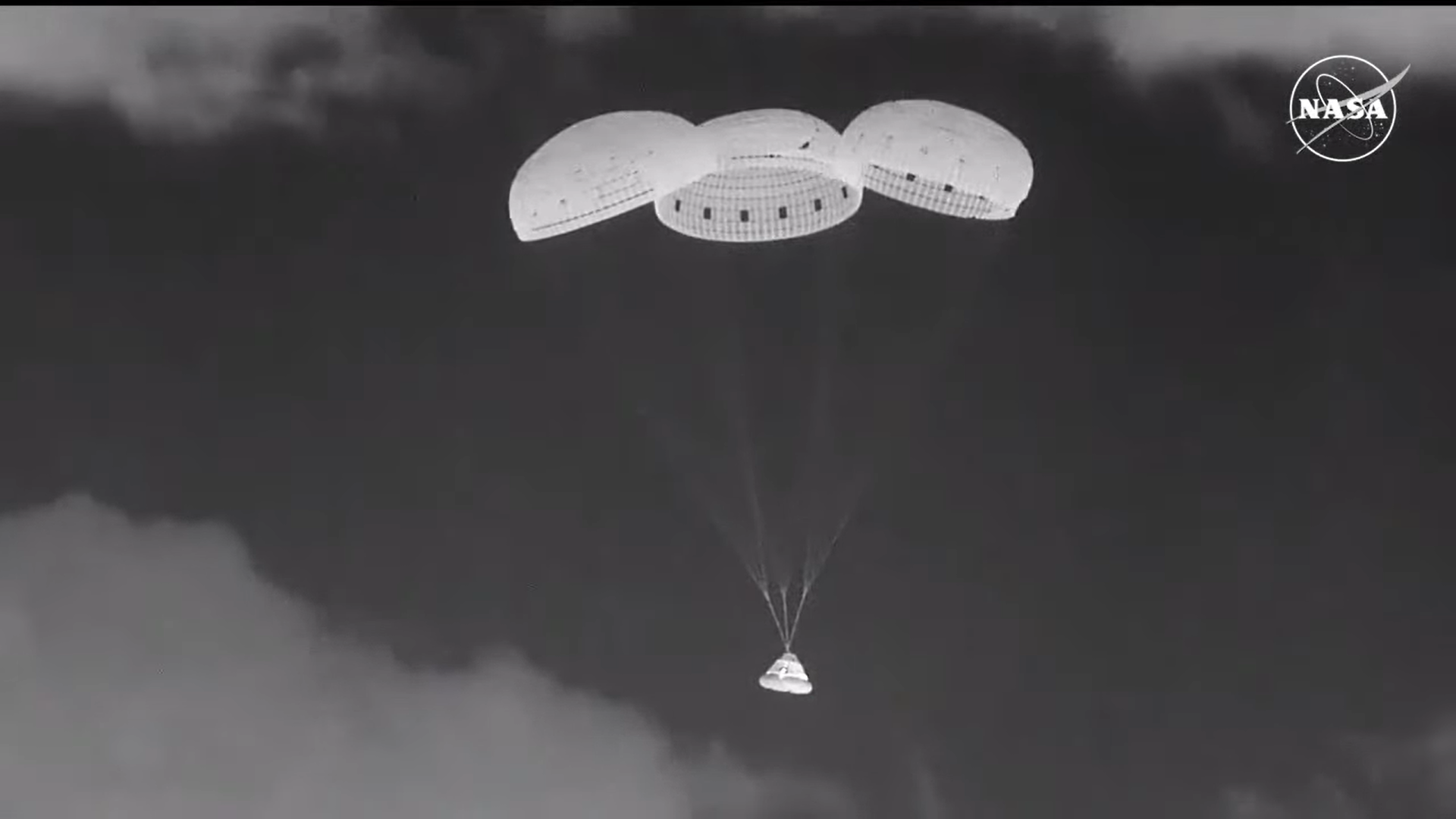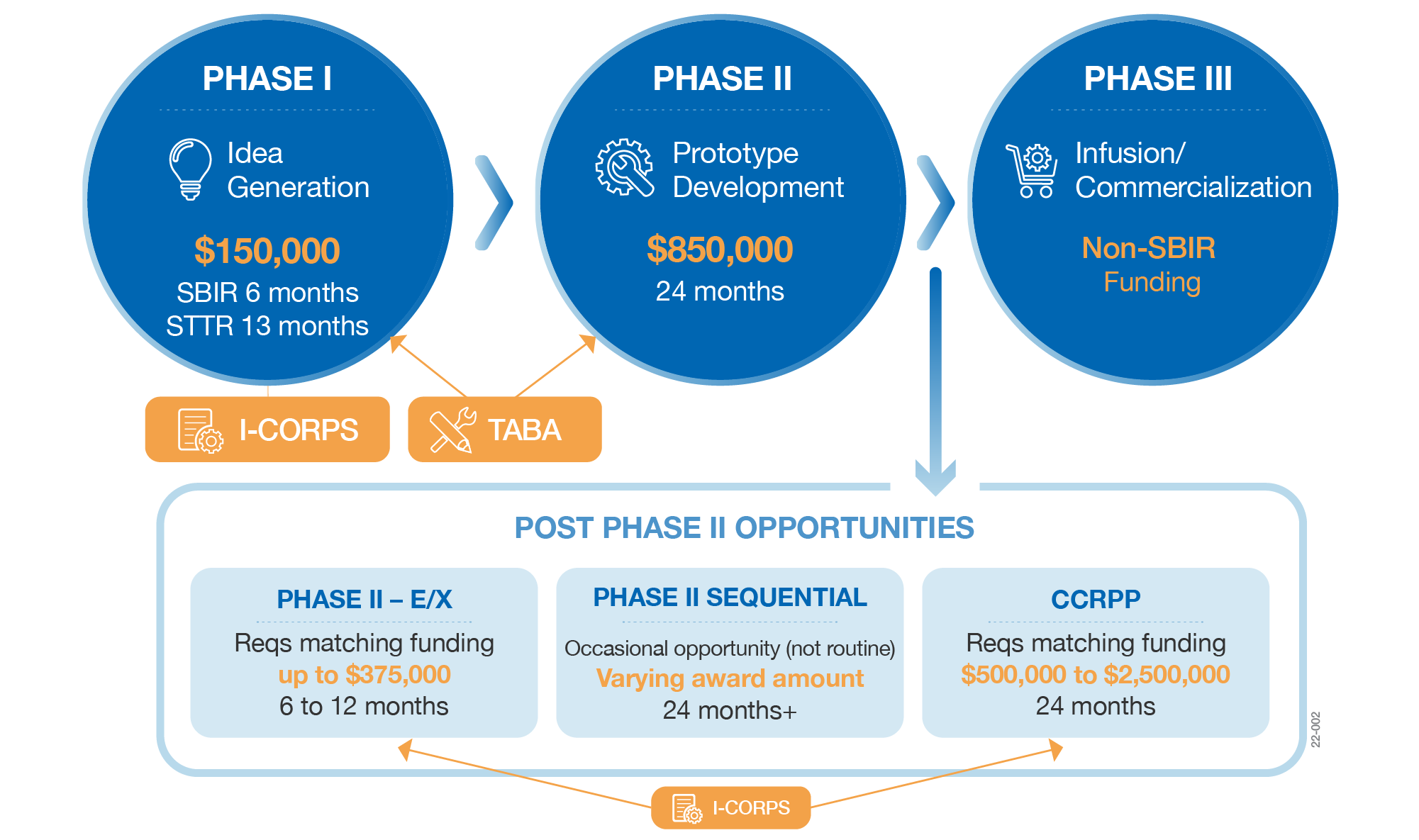NASA Stennis Set to Continue ASTRA Mission with Sidus Space
NASA’s Stennis Space Center near Bay St. Louis, Mississippi, announced Wednesday it will continue its historic in-space autonomous systems payload mission aboard an orbiting satellite through a follow-on agreement with Sidus Space, Inc. “We are excited to report the historic ASTRA (Autonomous Satellite Technology for Resilient Applications) mission will continue,” said Chris Carmichael, chief, Stennis […]
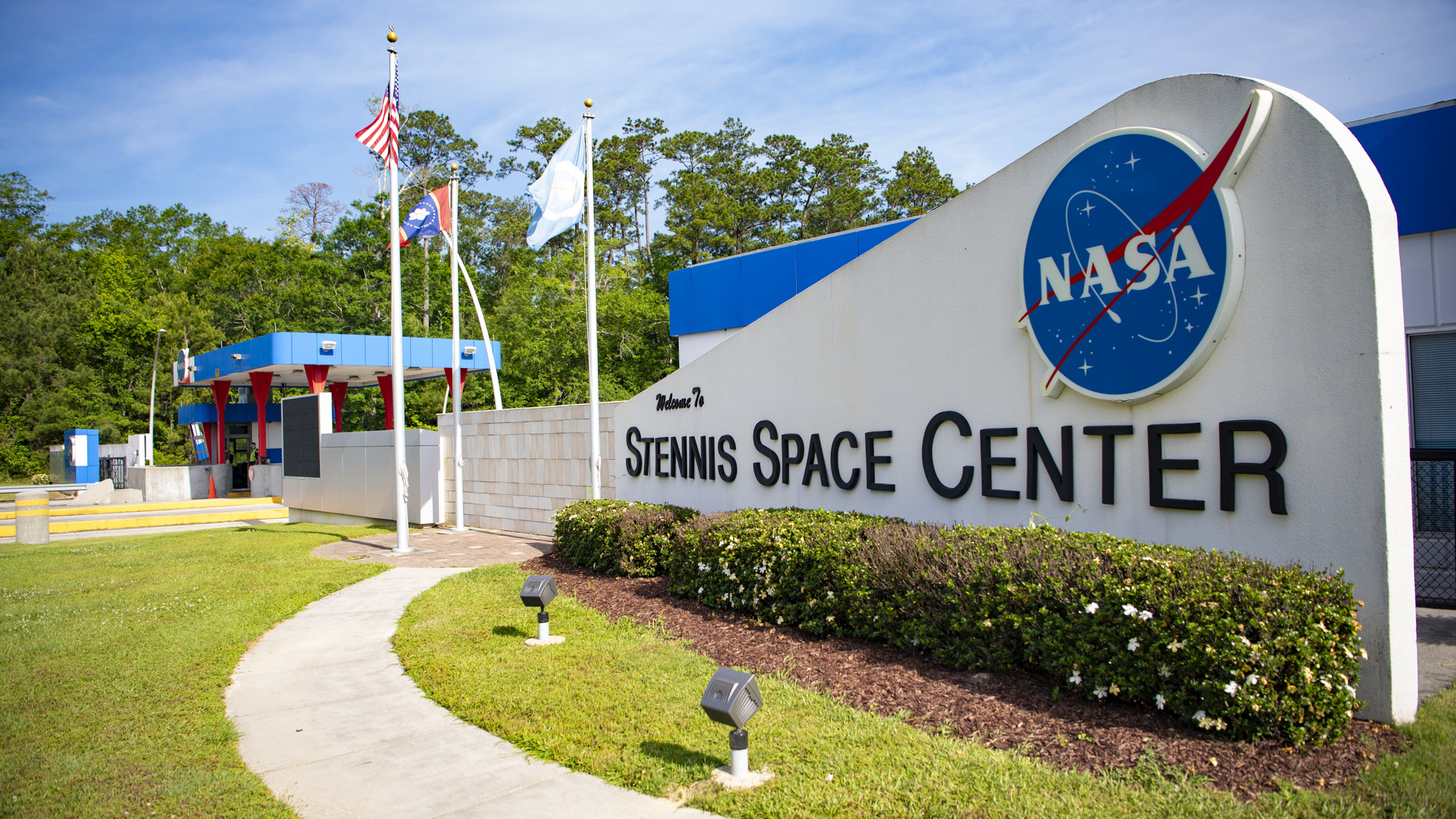
NASA’s Stennis Space Center near Bay St. Louis, Mississippi, announced Wednesday it will continue its historic in-space autonomous systems payload mission aboard an orbiting satellite through a follow-on agreement with Sidus Space, Inc.
“We are excited to report the historic ASTRA (Autonomous Satellite Technology for Resilient Applications) mission will continue,” said Chris Carmichael, chief, Stennis Autonomous Systems Laboratory (ASL) branch at NASA Stennis. “We look forward to working with Sidus Space to demonstrate the capabilities of the NASA Stennis payload and our autonomous systems team.”
With this new agreement, the ASTRA payload will be used to collect onboard data on satellite systems and support management of the satellite’s Electrical Power System (EPS). The NASA Stennis ASTRA system will monitor and autonomously optimize the satellite’s battery system, ensuring the satellite continues to operate as needed for the course of its remaining mission lifetime. The ASTRA EPS management capability provides a new, innovative level of adaptability and efficiency for monitoring the satellite’s ongoing operations.
Developed by NASA Stennis to fly and demonstrate an autonomous systems hardware/software payload, ASTRA is the on-orbit mission. The NASA Stennis ASTRA technology demonstrator is a payload rider aboard the Sidus Space LizzieSat-1 (LS-1) small satellite. Partner Sidus Space is responsible for all LS-1 mission operations, including launch and satellite activation.
The LS-1 small satellite launched into space on the SpaceX Transporter 10 rideshare mission March 4 and deployed the same day. Following payload activation by Sidus Space, the NASA Stennis team worked with the company to establish a telemetry link to send and receive data in the ASTRA Payload Operation Command Center located at the NASA site. The ASL team continued to checkout and verify operation of ASTRA, confirming in early July that ASTRA primary mission objectives were successful.
The team is now focused on demonstrating autonomous system management as part of the LS-1 satellite’s planned four-year mission. “We are excited about the opportunity to continue this unprecedented mission,” Carmichael said. “Every step helps advance our autonomous systems work and lays a foundation for continued development and success.”
The NASA Stennis ASL team works to create safe-by-design autonomous systems. NASA’s ASTRA demonstrates technology that is required by NASA and industry for upcoming space missions. The ASTRA computer on the satellite runs a digital twin of key satellite systems, which identifies anomalies, and autonomously generates plans to resolve those issues.
The ongoing success of the ASTRA mission comes as NASA Stennis moves forward with strategic plans to design autonomous systems that will help accelerate development of intelligent aerospace systems and services for government and industry.
For information about NASA’s Stennis Space Center, visit:
Share
Details
Related Terms
What's Your Reaction?



















.jpg?#)























